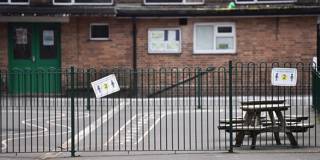While the pandemic has greatly damaged students’ learning, urgent, large-scale, and effective action by governments and education leaders could stem the tide. And establishing systems now to keep schools open in such circumstances will help protect our children and our future.
CAMBRIDGE/CHICAGO – Determining how to balance COVID-19 risks in schools around the world has been tricky. While US school leaders are currently debating whether students should be required to wear face masks, schools in Uganda recently reopened for the first time since the pandemic began. But although students in poorer countries have suffered more severe disruption, with schools closed for twice as long as in rich countries and sparse opportunities for remote learning, the current global cohort of schoolchildren will be adversely affected for decades to come. Without urgent action, the economic cost alone of school closures will be in the trillions of dollars.

CAMBRIDGE/CHICAGO – Determining how to balance COVID-19 risks in schools around the world has been tricky. While US school leaders are currently debating whether students should be required to wear face masks, schools in Uganda recently reopened for the first time since the pandemic began. But although students in poorer countries have suffered more severe disruption, with schools closed for twice as long as in rich countries and sparse opportunities for remote learning, the current global cohort of schoolchildren will be adversely affected for decades to come. Without urgent action, the economic cost alone of school closures will be in the trillions of dollars.